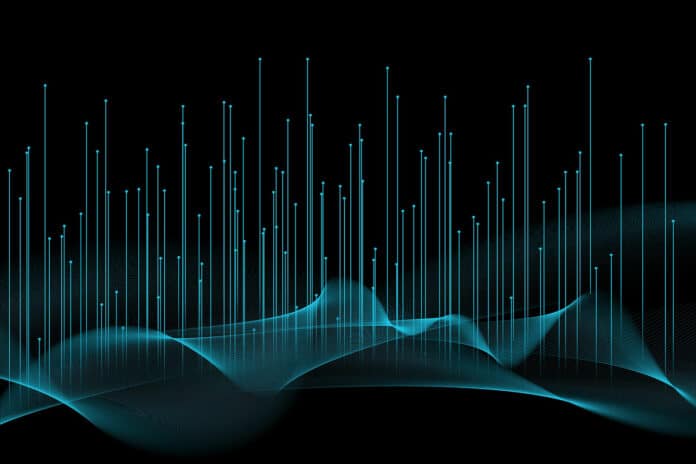Clean energy generates the energy we need without any adverse environmental effects. Renewable energy, such as wind power, hydropower, biofuel, and solar, provides affordable, reliable energy and various economic benefits.
Similarly, the piezoelectric effect converts mechanical energy into electric energy or inversely. However, traditional piezoelectric materials used in commercial devices had limited capacity for generating electricity. Also, they generally use lead, which harms human health and the environment.
To overcome this problem, researchers at the University of Waterloo and the University of Toronto have developed a new piezoelectric material that is compact, reliable, low-cost, and eco-friendly.
“Our breakthrough will have a significant social and economic impact by reducing our reliance on non-renewable power sources,” said Asif Khan, a Waterloo researcher, and co-author of a new study on the project. “We need these energy-generating materials more critically at this moment than at any other time in history.”
Using the Jahn-Teller effect, researchers made a large crystal of molecular metal-halide compound called EDABCO-copper chloride (CuCl4). It is a well-known chemistry concept related to the spontaneous geometrical distortion of a crystal field. EDABCO-CuCl4 has one of the most significant energy density potentials of any recorded material, and the resulting piezoelectric energy harvesters are highly stable.
Then this material is used to create nanogenerators with a record power density that can generate tiny mechanical vibrations under any dynamic condition, from human motion to automotive vehicles. In this process, it does not require lead or non-renewable energy.
This nanogenerator is 2.5 sq. cm. in length and about the thickness of a business card. It can be easily used in many situations and has the potential to power sensors in all kinds of electronic devices, including the billions needed for the Internet of Things.
In the future, integrating nanogenerators with various devices could help generate power from vibrations of the device and will be helpful in different circumstances.
According to Dr. Dayan Ban, a researcher at the Waterloo Institute for Nanotechnology, in the future, an aircraft’s vibrations could power its sensory monitoring systems, or a person’s heartbeat could keep their battery-free pacemaker running.
Journal reference:
- Sasa Wang, Asif Abdullah Khan, Sam Teale, Jian Xu, Darshan H. Parmar, Ruyan Zhao, Luke Grater, Peter Serles, Yu Zou, Tobin Filleter, Dwight S. Seferos, Dayan Ban & Edward H. Sargent. Large piezoelectric response in a Jahn-Teller distorted molecular metal halide. Nature Communications, 2023; DOI: 10.1038/s41467-023-37471-3
